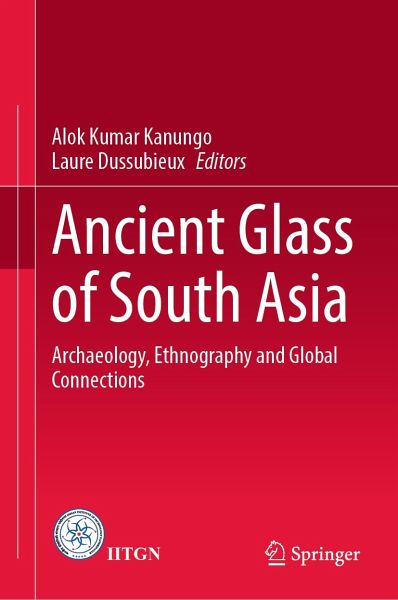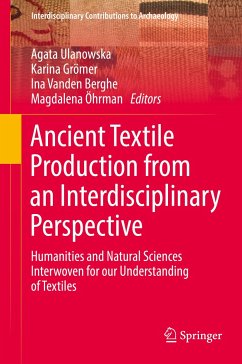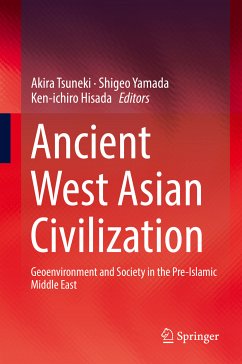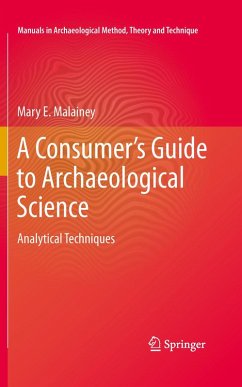
Ancient Glass of South Asia (eBook, PDF)
Archaeology, Ethnography and Global Connections
Redaktion: Kanungo, Alok Kumar; Dussubieux, Laure
Versandkostenfrei!
Sofort per Download lieferbar
96,95 €
inkl. MwSt.
Weitere Ausgaben:

PAYBACK Punkte
48 °P sammeln!
This book provides a comprehensive research on Ancient Indian glass. The contributors include experienced archaeologists of South Asian glass and archaeological chemists with expertise in the chemical analysis of glass, besides, established ethnohistorians and ethnoarchaeologists. It is comprised of five sections, and each section discusses different aspects of glass study: the origin of glass and its evolution, its scientific study and its care, ancient glass in literature and glass ethnography, glass in South Asia and the diffusion of glass in different parts of the world. The topic covered ...
This book provides a comprehensive research on Ancient Indian glass. The contributors include experienced archaeologists of South Asian glass and archaeological chemists with expertise in the chemical analysis of glass, besides, established ethnohistorians and ethnoarchaeologists. It is comprised of five sections, and each section discusses different aspects of glass study: the origin of glass and its evolution, its scientific study and its care, ancient glass in literature and glass ethnography, glass in South Asia and the diffusion of glass in different parts of the world. The topic covered by the different chapters ranges from the development of faience, to the techniques developed for the manufacture of glass beads, glass bangles or glass mirrors at different times in south Asia, a major glass producing region and the regional distribution of key artefacts both within India and outside the region, in Africa, Europe or Southeast Asia. Some chapters also include extended examples of the archaeometry of ancient glasses. It makes an important contribution to archaeological, anthropological and analytical aspects of glass in South Asia. As such, it represents an invaluable resource for students through academic and industry researchers working in archaeological sciences, ancient knowledge system, pyrotechnology, historical archaeology, social archaeology and student of anthropology and history with an interest in glass and the archaeology of South Asia.
Dieser Download kann aus rechtlichen Gründen nur mit Rechnungsadresse in A, B, BG, CY, CZ, D, DK, EW, E, FIN, F, GR, HR, H, IRL, I, LT, L, LR, M, NL, PL, P, R, S, SLO, SK ausgeliefert werden.












